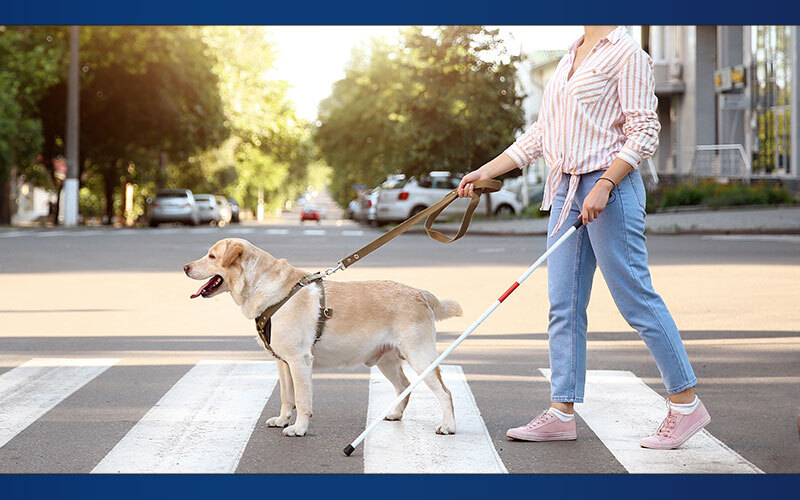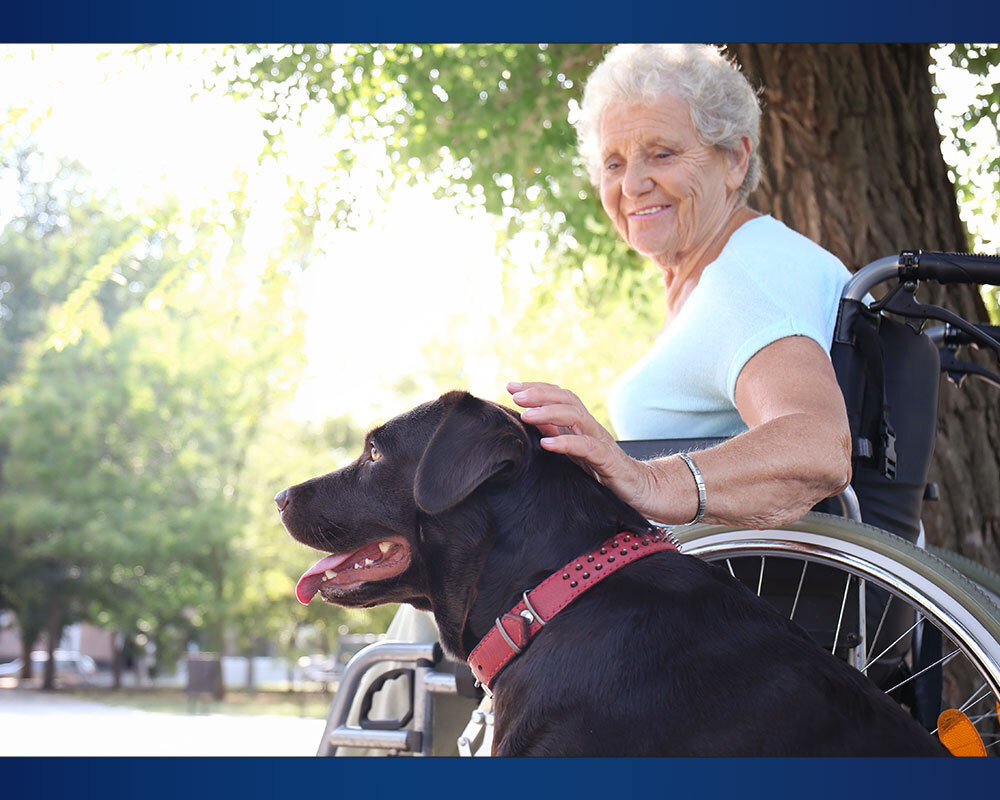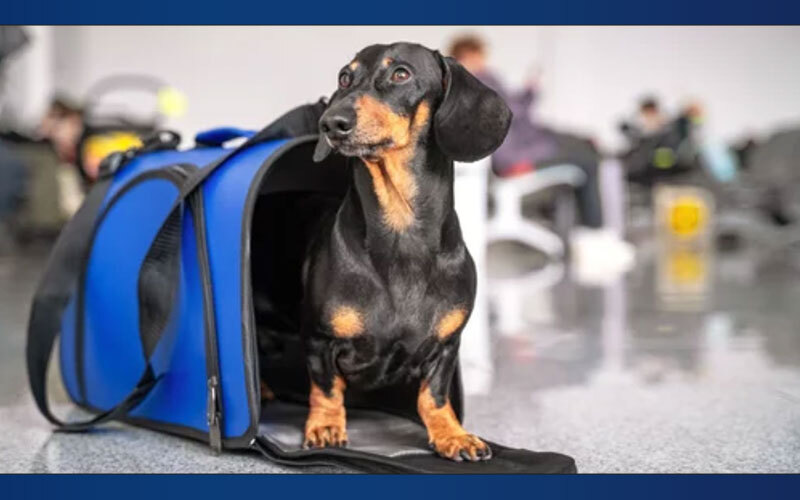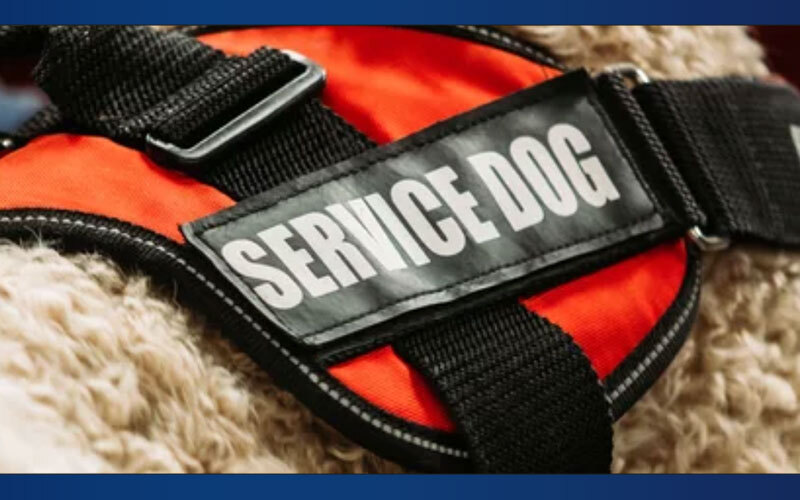
For many with a disability, a service dog has become essential for them to function every day. Service dogs can help those with various types of disabilities, but what types of service dogs are there?
What is a Service Dog?

Service dogs perform tasks for their owners or, in many cases, are trained to help alert those with life-threatening disorders such as diabetes or epilepsy. They help those with various disabilities, including physical, sensory, psychiatric, or intellectual disabilities. For this reason, they’re essential for many disabled individuals. Service dogs often help their owners complete practical tasks or any type of task that they would not otherwise be able to complete independently.
Because service dogs are so essential to their owners, they have full public access rights. They are allowed into restaurants, stores, public or privately owned businesses, and even on public transport such as buses and airplanes.
What Types of Service Dogs Are There?

There is not a specific list of certified breeds of service dogs. As long as they can perform the tasks required of them, any breed has the potential to be trained as a service dog. However, certain breeds are used more often. Generally, these dogs are easier to train because of their intelligence, high level of focus, and calm behavior. No matter what breed a service dog is, they need to have some common characteristics to be good service animals. These include
- Intelligence – Service dogs are often required to complete complex tasks, so intelligence is required. They also need to be able to make proper, sound decisions. And often, these decisions have to be made quickly, so they must be able to act decisively.
- A desire to work – Consistency and longevity are critical for the dog and the owner. It is not easy to switch service dogs regularly. Dogs that enjoy working are more likely to perform best for their owners daily.
- A friendly and loving character – Service dogs need to be friendly to both people and other animals. They cannot pose any sort of health or safety threat, so they need to have a friendly, loving personality.
- A calm demeanor – Service dogs should be able to take in their surroundings without becoming startled. Remember, most of their decisions are made at the moment and can be life-or-death. Remaining calm and collected is key to their effectiveness.
So, while there aren’t any specific or required service dog types or breeds, some breeds tend to meet the above requirements more often. Some dogs are commonly seen working as service dogs, and other breeds are seen less.
Different breeds are also often suited to different types of service. For example, Labradors are commonly used as service dogs for the blind, while border collies are often seen working as alert dogs for those with disorders such as epilepsy. Furthermore, the type of service dog chosen may depend on the specific needs or requirements of the owner. For example, a Pomeranian is so tiny that it won’t help those who need their service dog for physical assistance, but they are ideal for owners whose lifestyle does not permit them to have a larger dog breed.

Some of the most frequently used service dog types include:
- Labrador Retrievers
- Golden Retrievers
- German Shepherds
- Poodles
- Boxers
- Border Collies
- Bernese Mountain Dogs
- Great Danes
- Pomeranians
Service dogs are incredible and have unique capabilities when it comes to helping their owners live the best, most independent lives they possibly can. While there are several different service dog types and breeds, some breeds may be more suited to service dog work or more capable of performing the required job and tasks.